Extreme Weather Around the World Indicates a “Critical Situation for the Earth”
Global warming accelerates year by year, catastrophes increase, and our daily lives are threatened

Global warming is accelerating every year. As a result, catastrophes are occurring more frequently every year in many parts of the world,” said Koshi Murayama, a meteorologist.
Heavy rains, floods, droughts, heat waves, cyclones, and hailstorms…… “Many natural disasters are hitting the earth today,” Murayama warns.
This year, we are seeing areas around the world where the average monthly temperature has risen more than three degrees Celsius above the average temperature for the past 30 years. The melting of Arctic ice has also contributed to the rapid rise in temperature. Moreover, sea water temperatures off the coast of the Philippines are still high due to the lingering effects of the La Niña phenomenon that lasted for two years. This year we are in an unprecedented crisis, as if El Niño and La Niña are occurring at the same time. Areas from Europe to Ukraine, where high temperatures and little rainfall are expected, are experiencing crop failures, and food prices are expected to rise,” said Murayama.
There are many risks to daily life due to climate change in Japan in the future.
This year’s rainy season front is likely to remain stagnant in Japan, especially in Hokkaido, Tohoku, and northern Hokuriku, until autumn. This means that the risk of heavy rain and flooding is extremely high in these areas. In addition, the heat wave in the Tokyo metropolitan area and inland Kanto area is largely due to the double effect of the heat wave caused by the Kuroshio Current in the Pacific Ocean and the foehn phenomenon, in which dry air flows in, and the heat wave will continue for some time,” said Manabu Takahashi, a specially appointed professor at Ritsumeikan University’s Research Center for Pacific Rim Civilizations.
We should not turn our eyes away from the “critical situation of the earth” indicated by abnormal weather.
Cyclone (India)
In June 2011, a huge cyclone “Bipoljoi,” with wind speeds of 29 meters, hit western India near the border with Pakistan. Bipoljoi means “disaster” in Bengali.
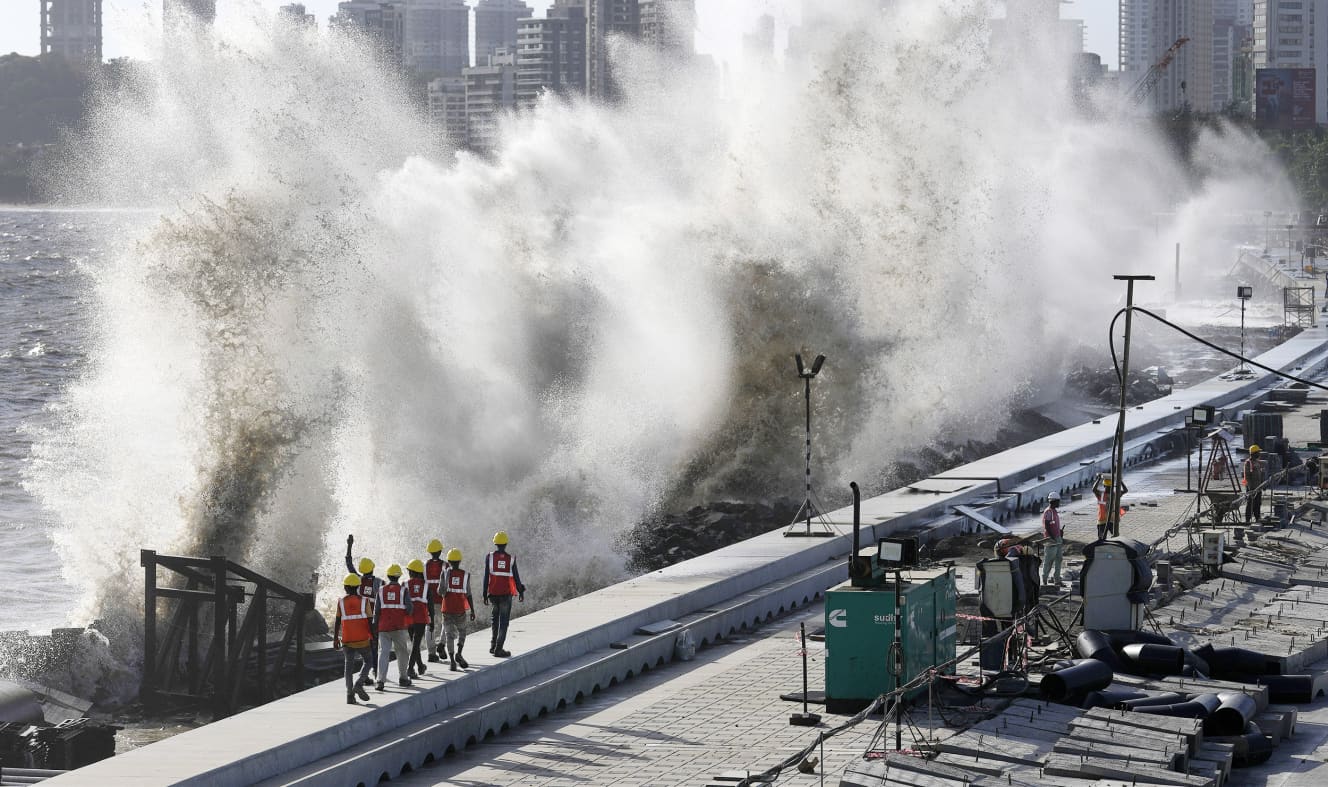
Flood (South Africa)
In April ’22, a massive flood hit the eastern coast of South Africa, causing most roads to cave in. The death toll was over 400, and the provincial government described it as “one of the worst storms in the nation’s history.
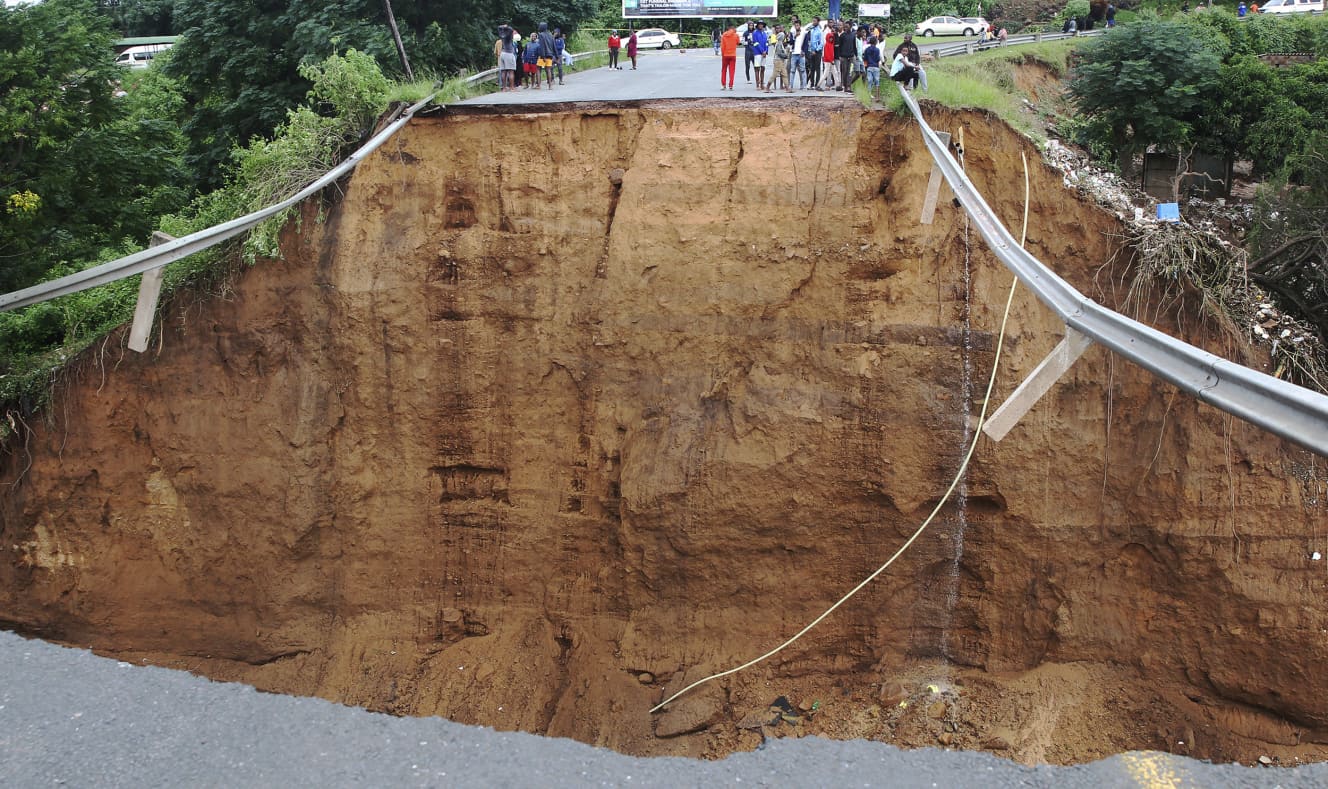
Heat Wave (Switzerland)
Heat waves accelerated the disappearance of the Rhone Glacier. Neighbors were covering the glacier with UV-cut waterproof cloth to try to prevent its disappearance.
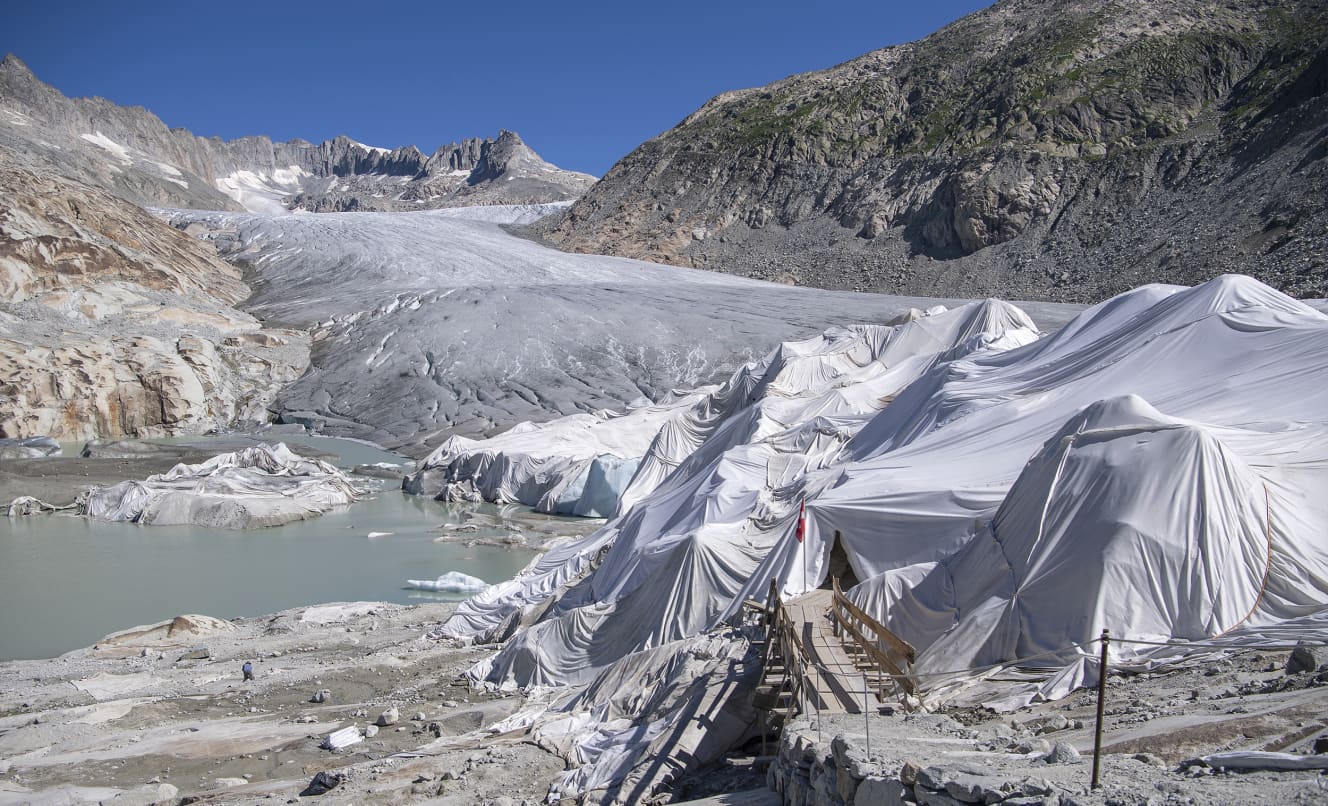
Drought (Argentina)
Argentina is so affected by drought that more than 54% of the country is affected by drought. Sea temperatures are rising rapidly, and fish are dying in large numbers in the Salado River.
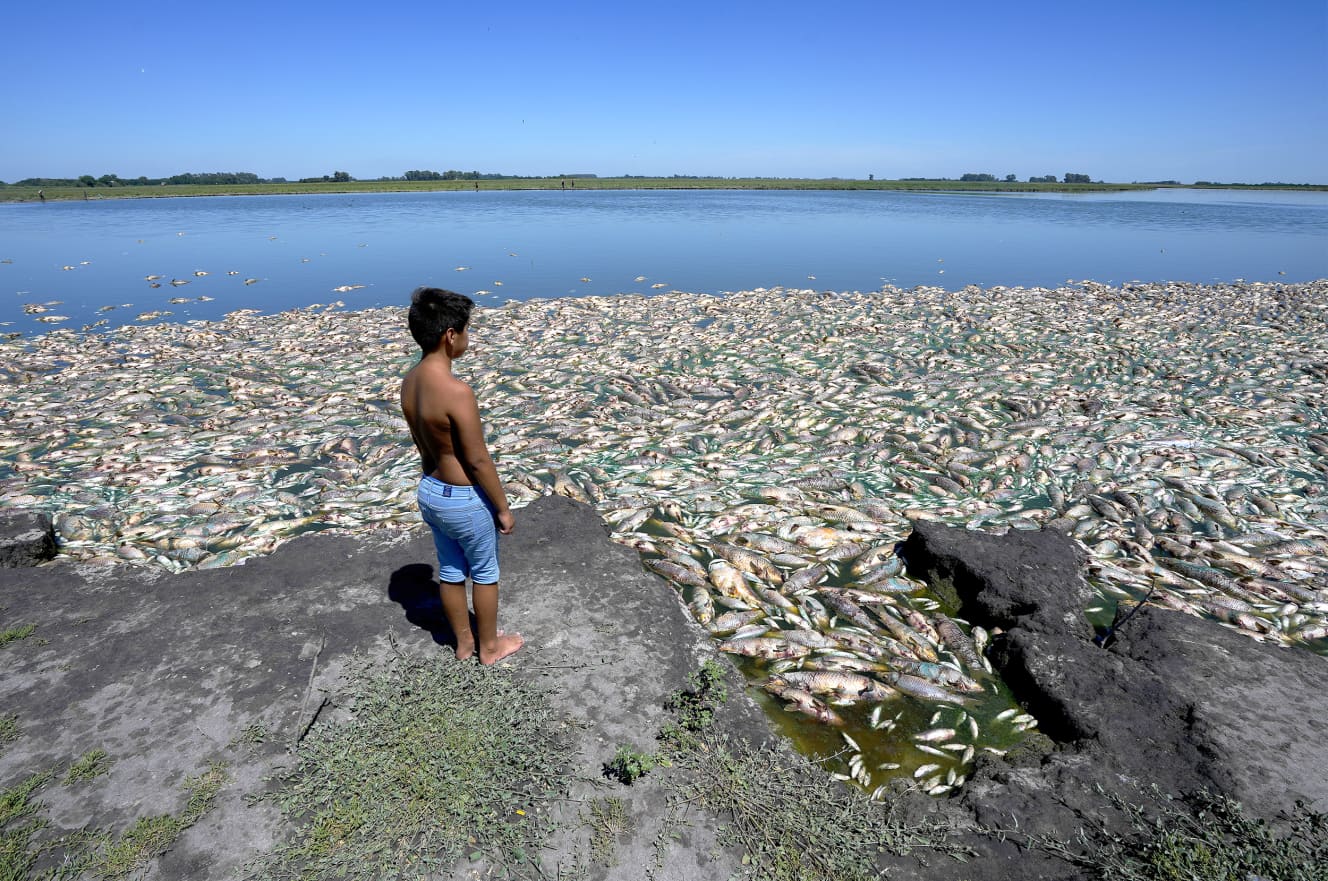
Drought (China)
China’s largest freshwater lake, Poyang Lake, has dried up to its driest level in the past 70 years. The drought is on the verge of turning into a desert due to the devastating conditions caused by the long heat wave and lack of rainfall.
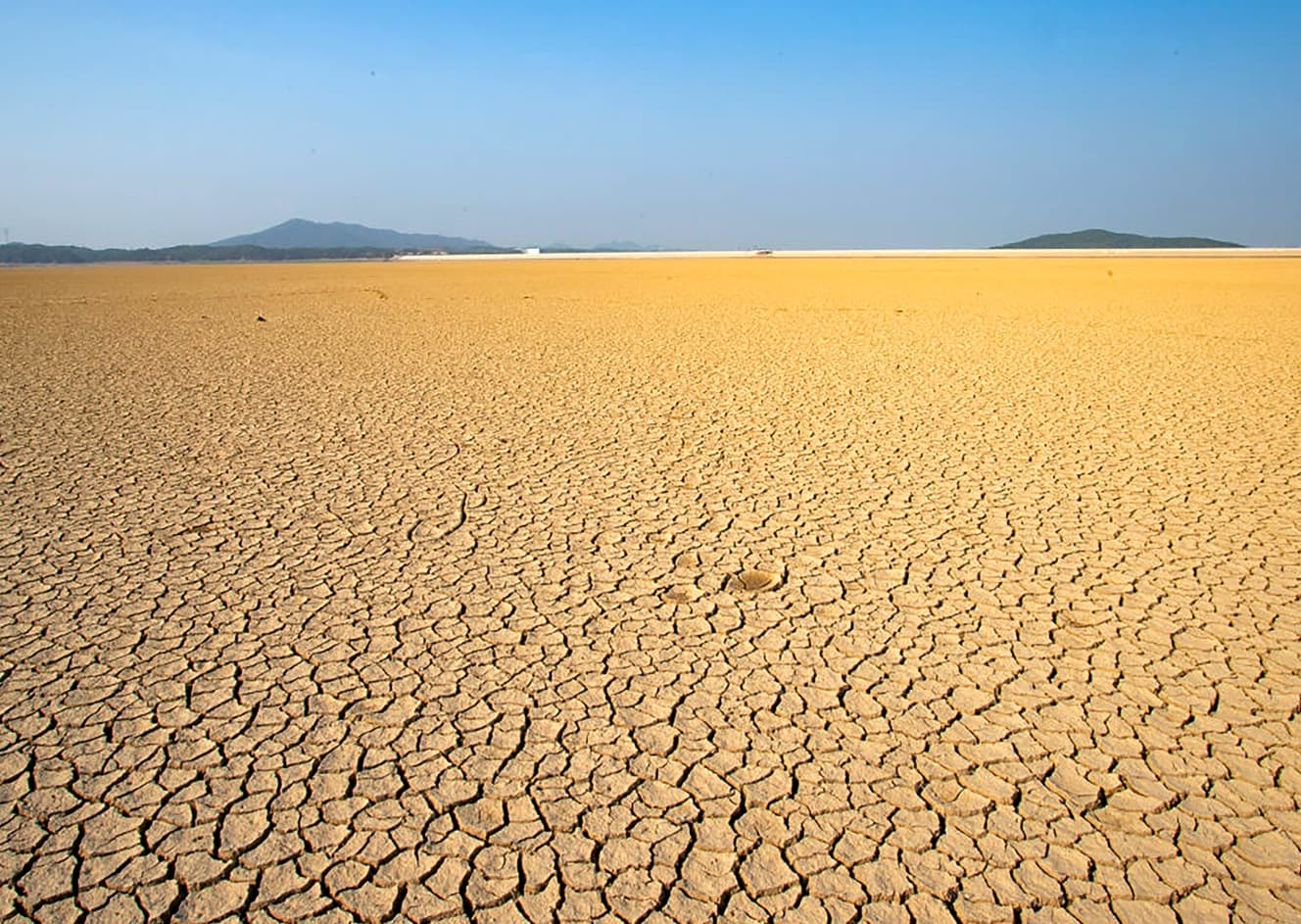
Hailstorm (Russia)
Hailstorms in Omsk Oblast, Siberia, in June ’23 caused by atmospheric instability, and forest fires spread in July, causing serious damage.

Lightning Strikes (Italy)
In August 2010, lightning and guerrilla rainstorms struck the southern Italian region of Calabria. This photo captures the moment when pink lightning flashed out of the pitch black clouds.
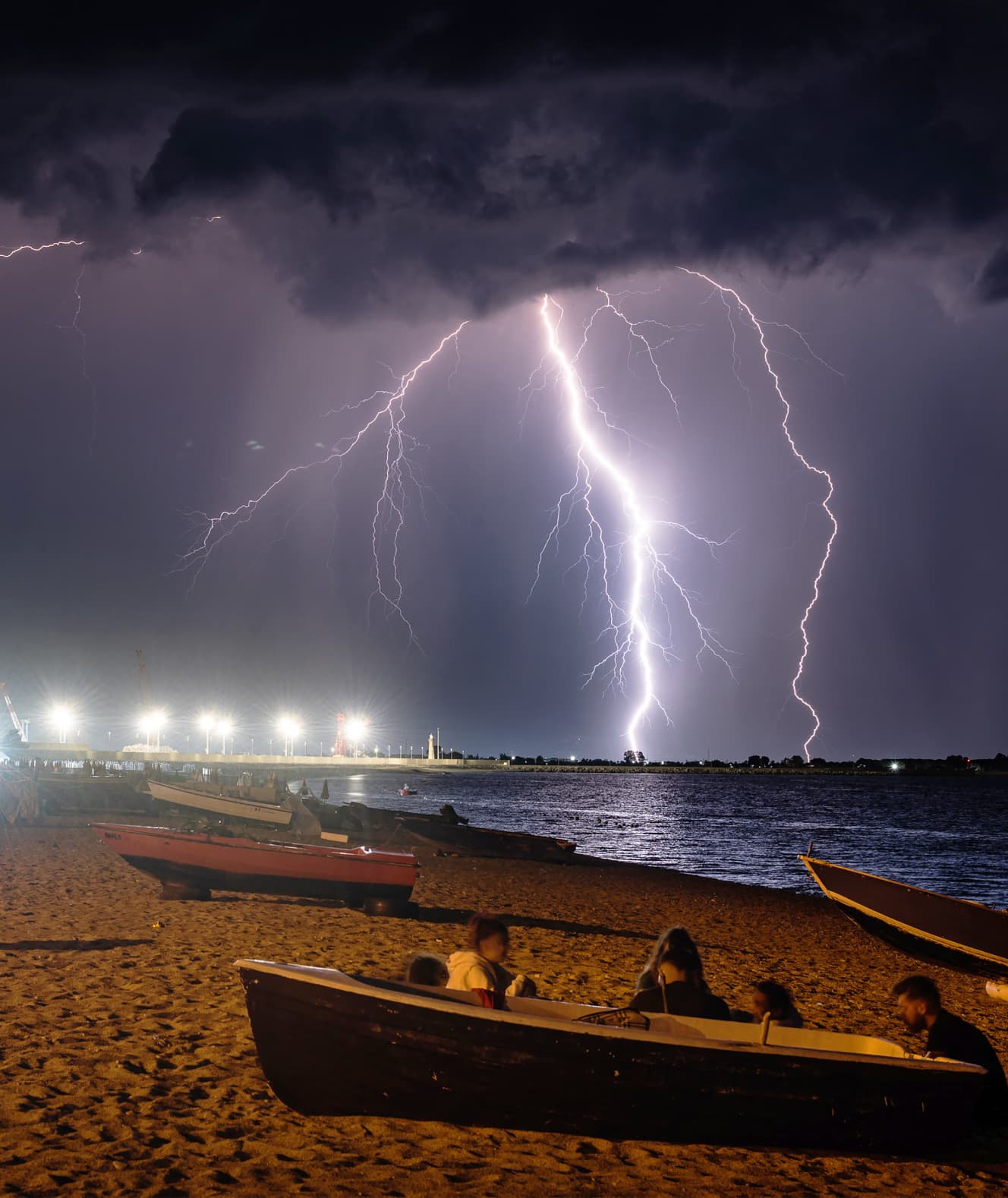
Sandstorm (Mongolia)
In May 2011, a massive sandstorm occurred in Ulaanbaatar, the capital of Mongolia. The entire sky was covered by the sandstorm, and nearby residents took shelter in their houses.
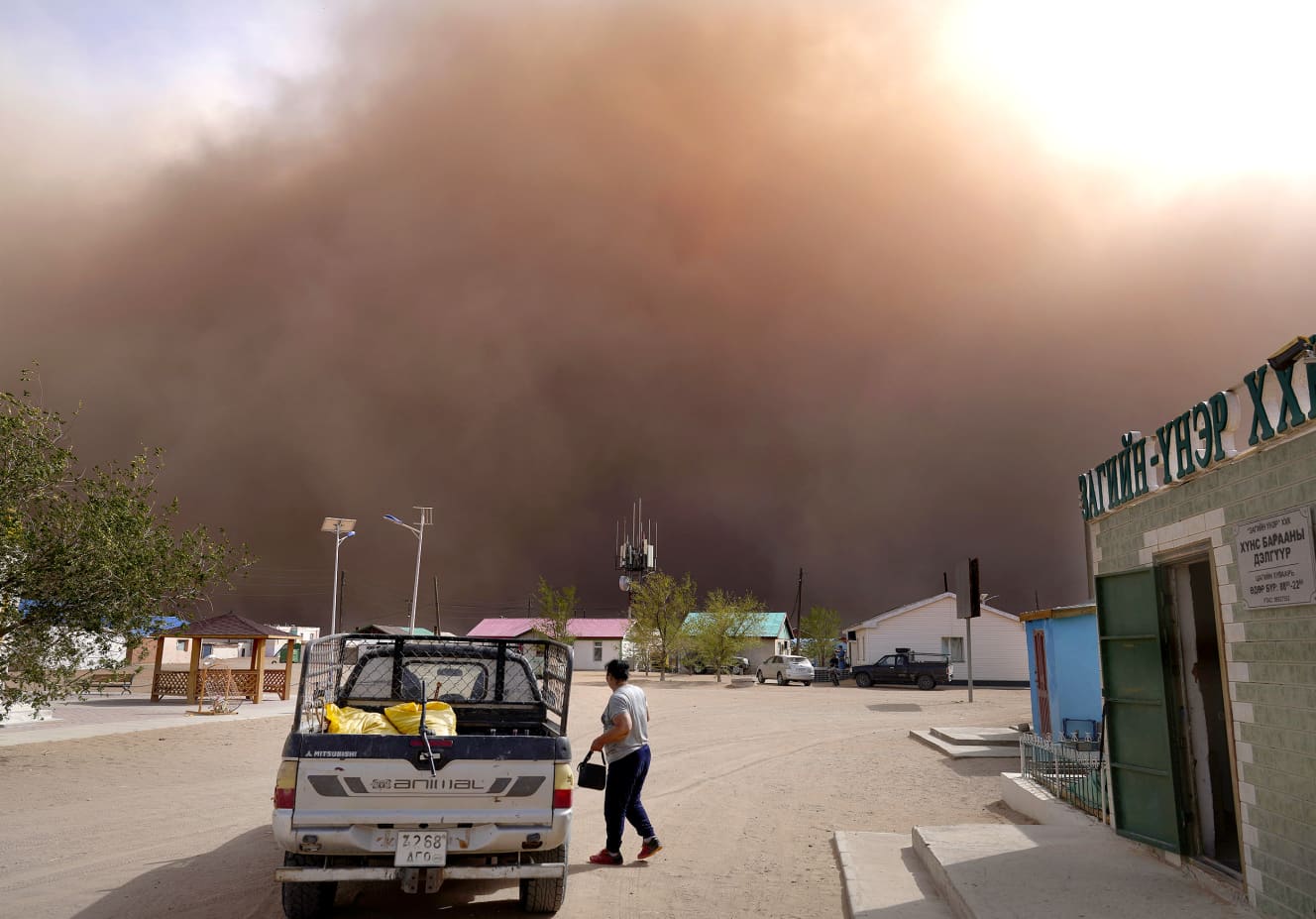
From “FRIDAY” August 4, 2023 issue
PHOTO: Reuters AFP AP Abaca/Afro Getty Images